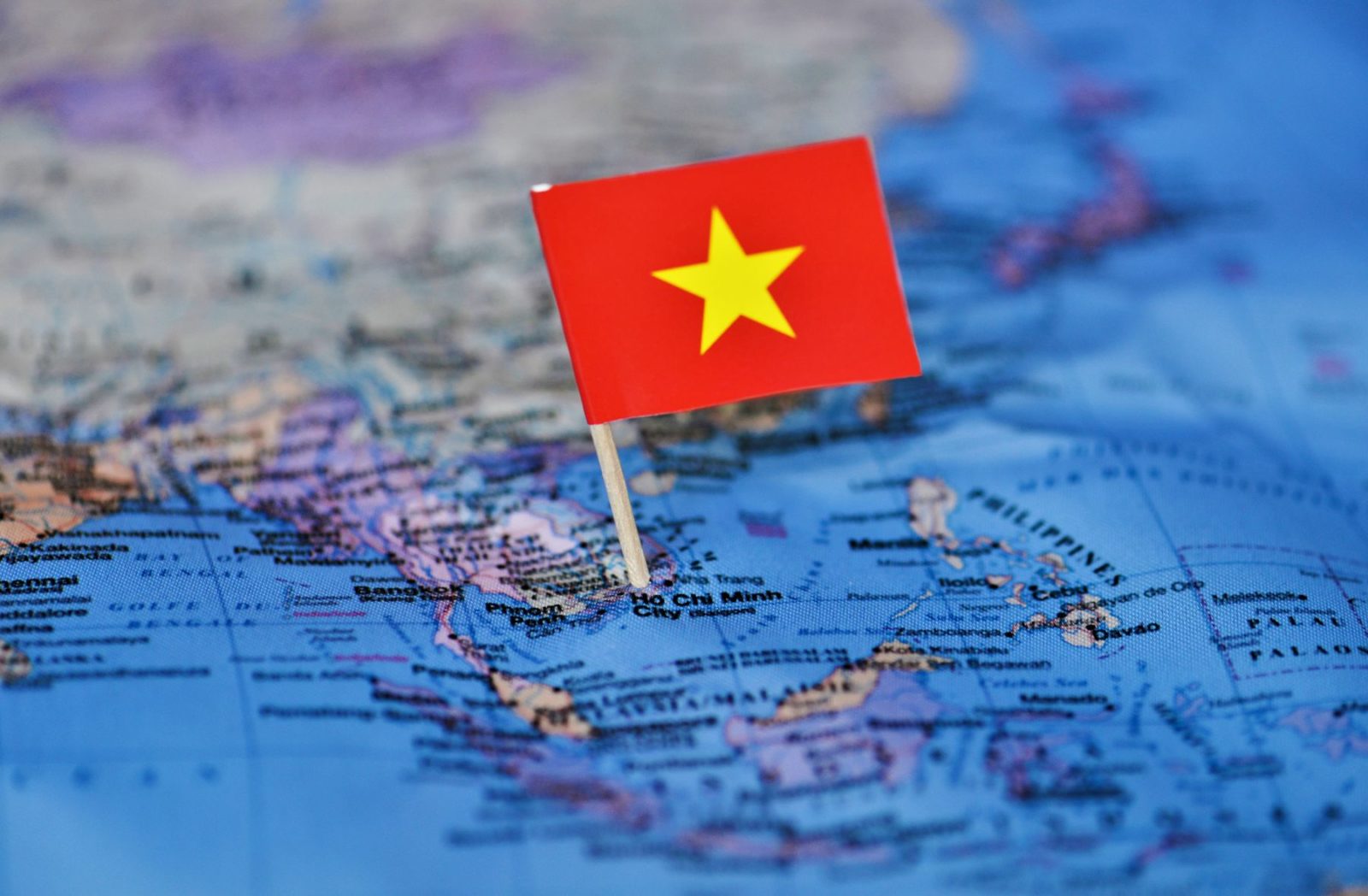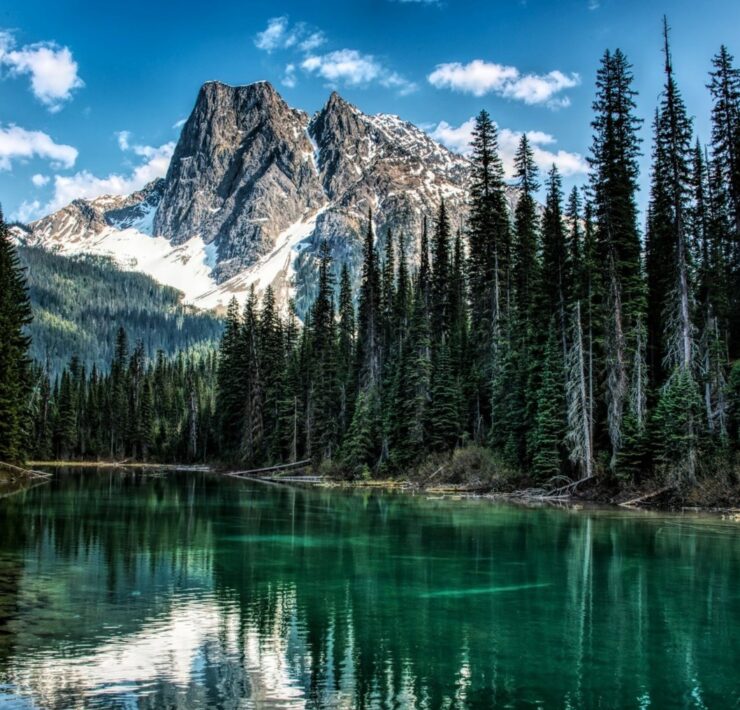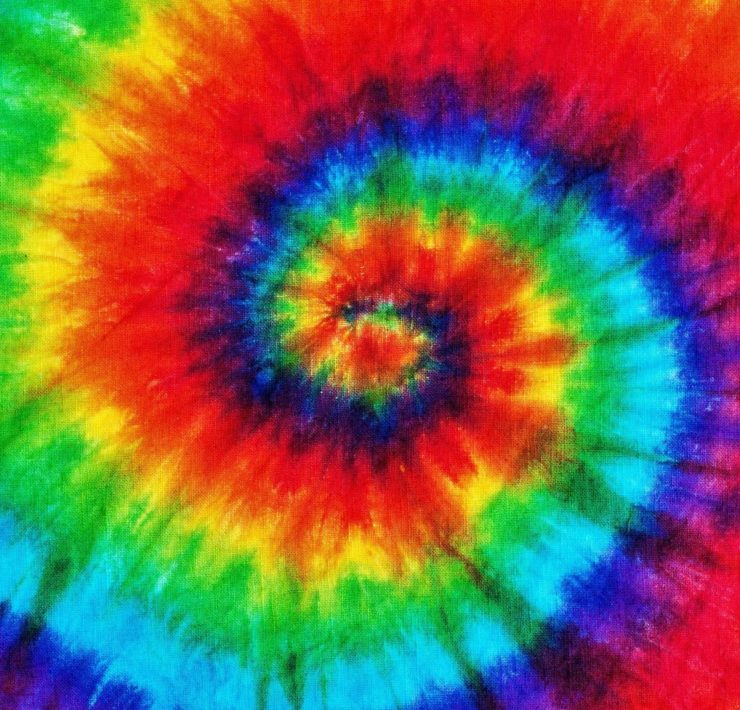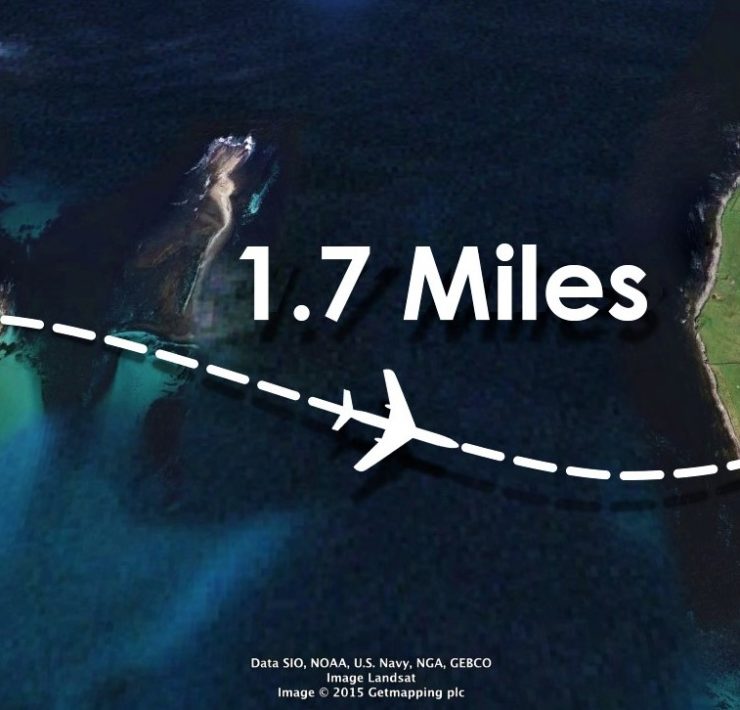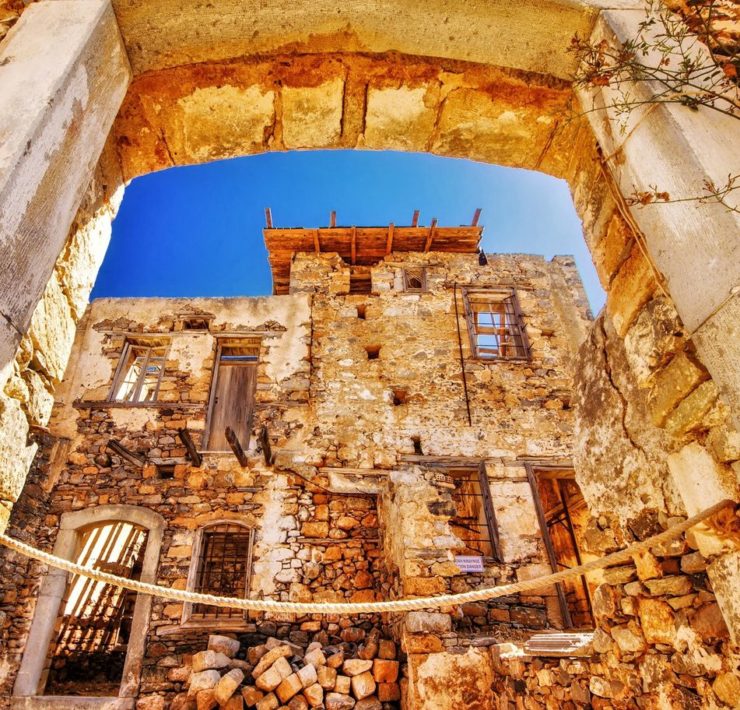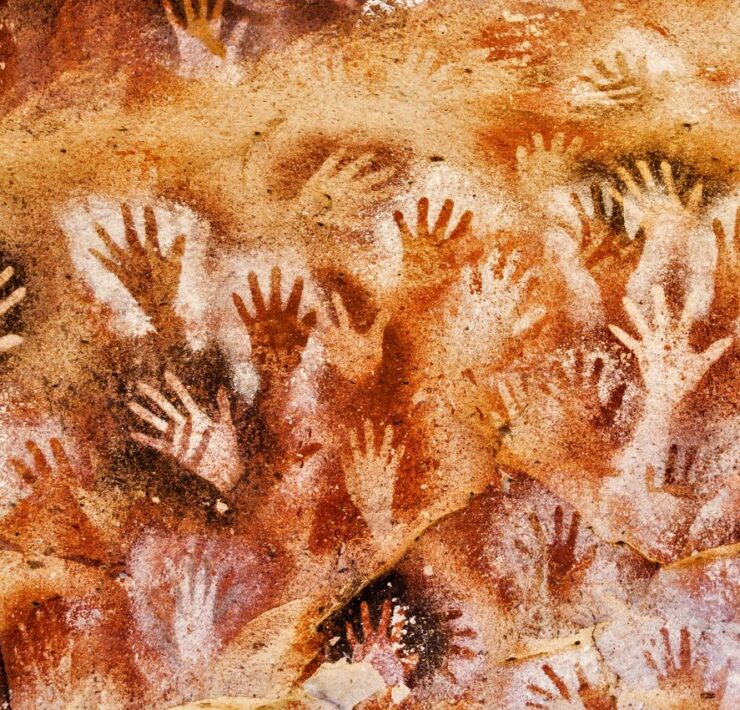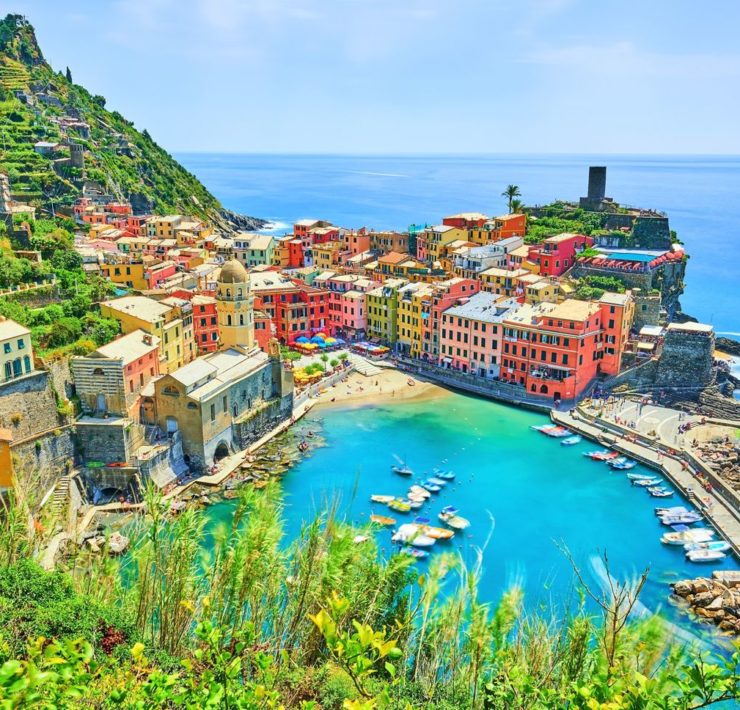The Vietnam War, which happened from 1955 to 1975 has, covered the country with smoke and blood.
But before the most known event in Vietnam’s history occurred, it had already been through other wars, including its battles against the French and also against the country’s separation into the communist north and the pro-American south.
Throughout these years, bombs dropped, bullets showered, toxic gas filled the air, and in the end, millions of lifeless bodies were left behind. These events have undoubtedly made Vietnam a dark tourist destination, and here are some of the dark places you should visit.
1. Hoa Lo Prison
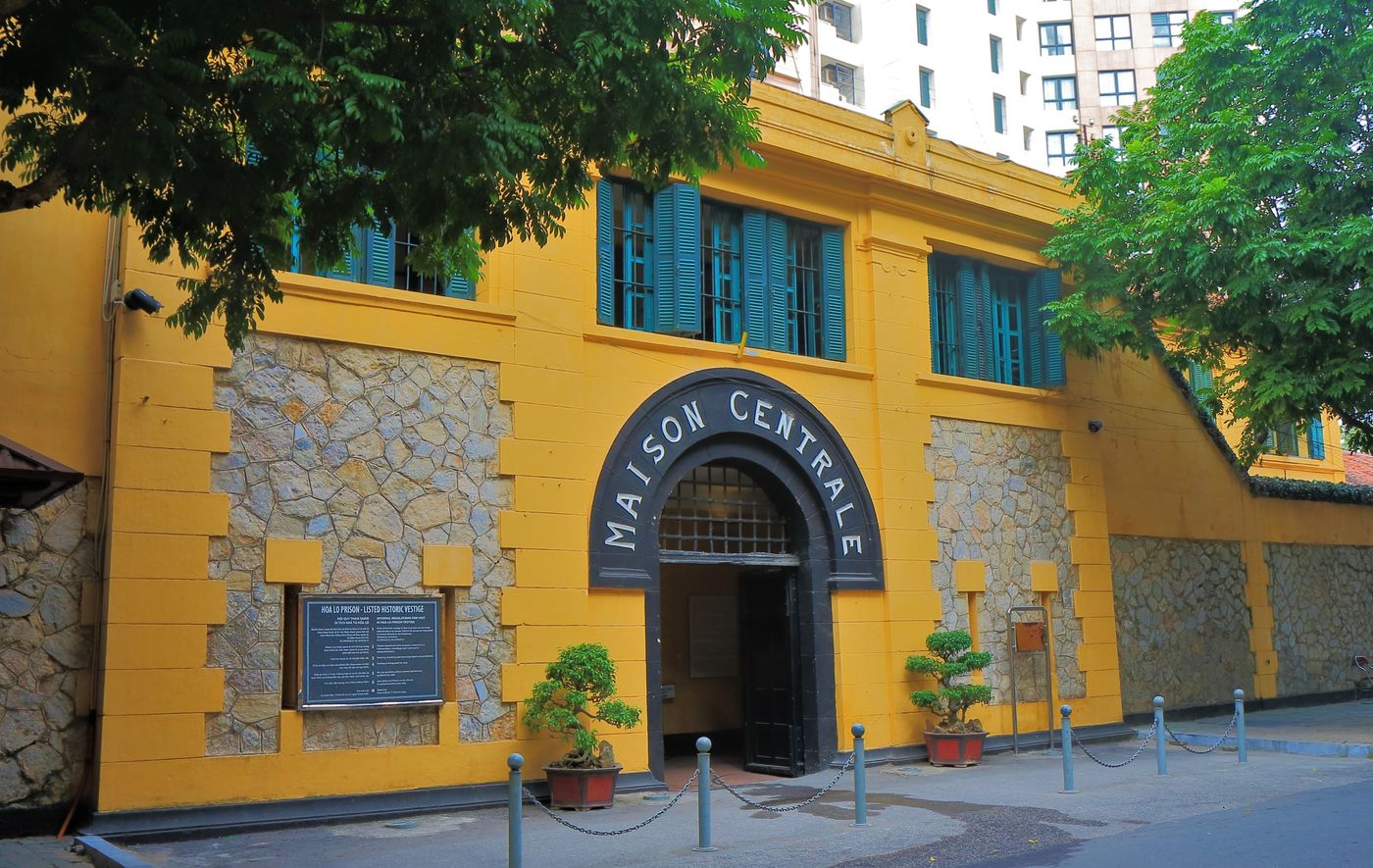
The Hoa Lo prison was first built by the French in 1896 as “Maison Centrale,” destroying an entire village to make way for its building intended for political prisoners. More than 2000 prisoners were crammed here during the first half of the 1950s, living in poor conditions and brutality.
During the Vietnam War, the prison was used as a detention center for US pilots captured by the Vietnamese, and it was jokingly called the “Hanoi Hilton” by its American prisoners.
The first ambassador of Vietnam, Douglas ‘Pete’ Peterson, and 2008 US presidential candidate John McCain were its most famous inmates.
In 1993, the prison building was demolished except for a wing which was preserved and turned into the Hoa Lo Prison Museum.
2. DMZ, Central Vietnam
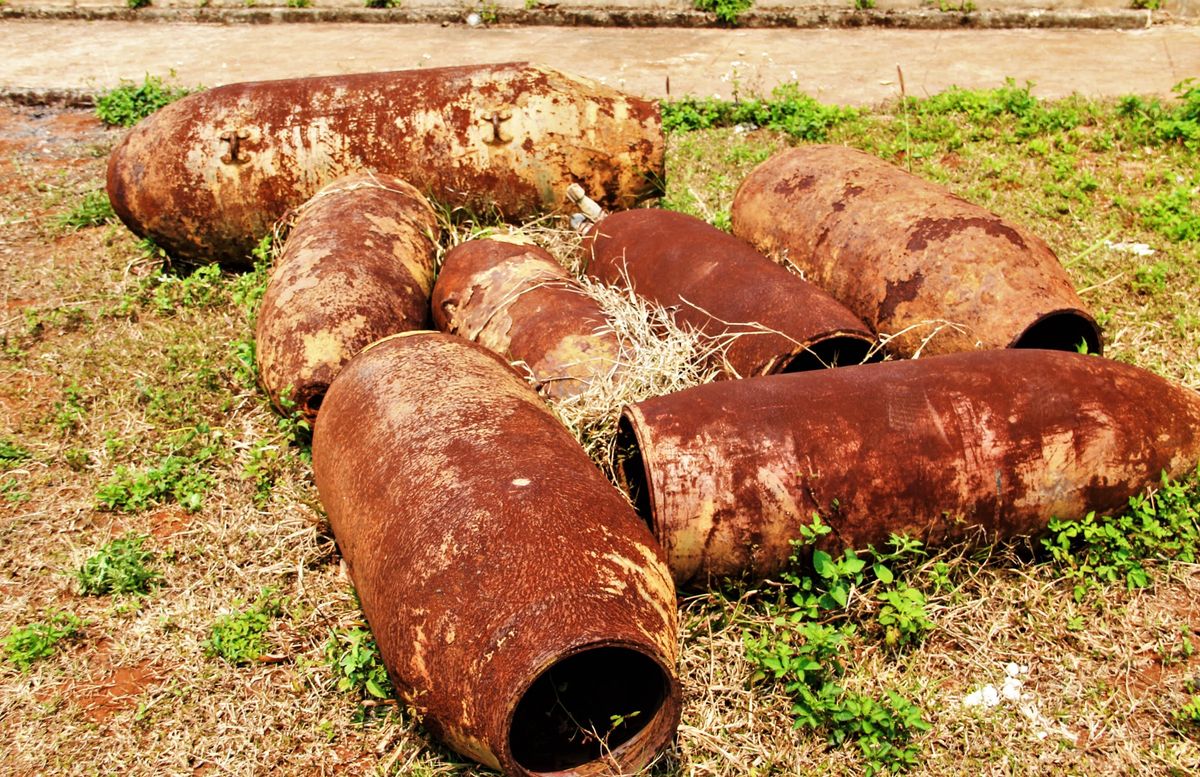
The DMZ (demilitarized zone) between North and South Vietnam is where some of the most significant battles took place during the war.
The tour starts from Hue and goes along the way where you can stop at the ruins of Truong Bo De and Na Tho Long Hung, plus some monuments and cemeteries.
Further, you’ll cross by the former Khe Sanh combat base and airstrip that is now a museum and a monument. Rusty American tanks, old cannons, and hulks of two helicopters are some of the sights you’ll see in the site’s open-air exhibit.
3. Hien Luong Bridge
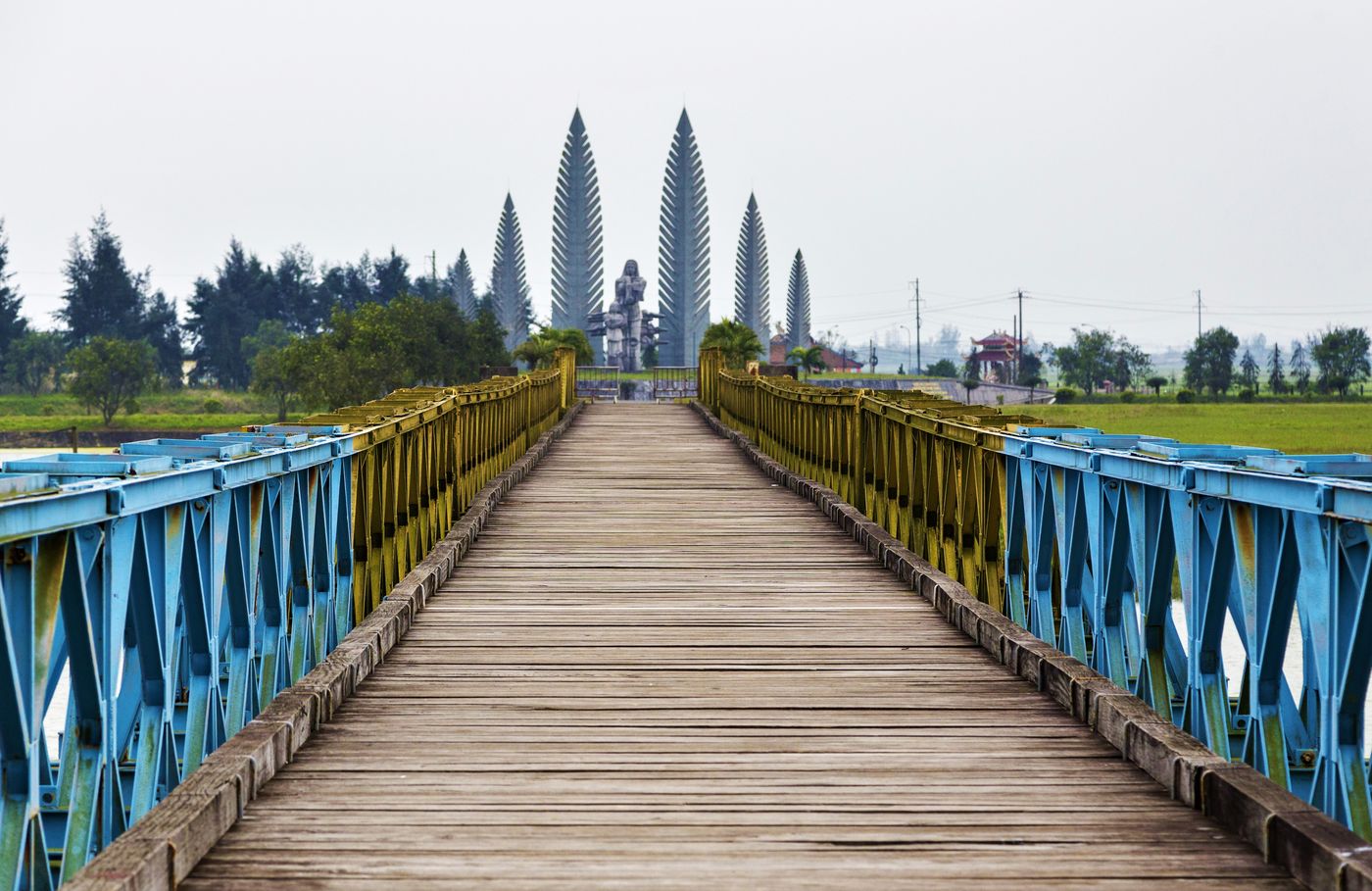
The Hien Luong Bridge stands across the Ben Hai River dividing the North and South Vietnam from 1954 until its reunification.
The bridge had been the main witness of how the war made its people risk their lives to fight for freedom. Now, it stands as a national monument for Vietnam’s reunification.
The 165-m bridge can only now take pedestrians. Moreover, each side of the Ben Hai River celebrates the country’s Reunification Day every 30th of April.
4. Reunification Memorial and Museum
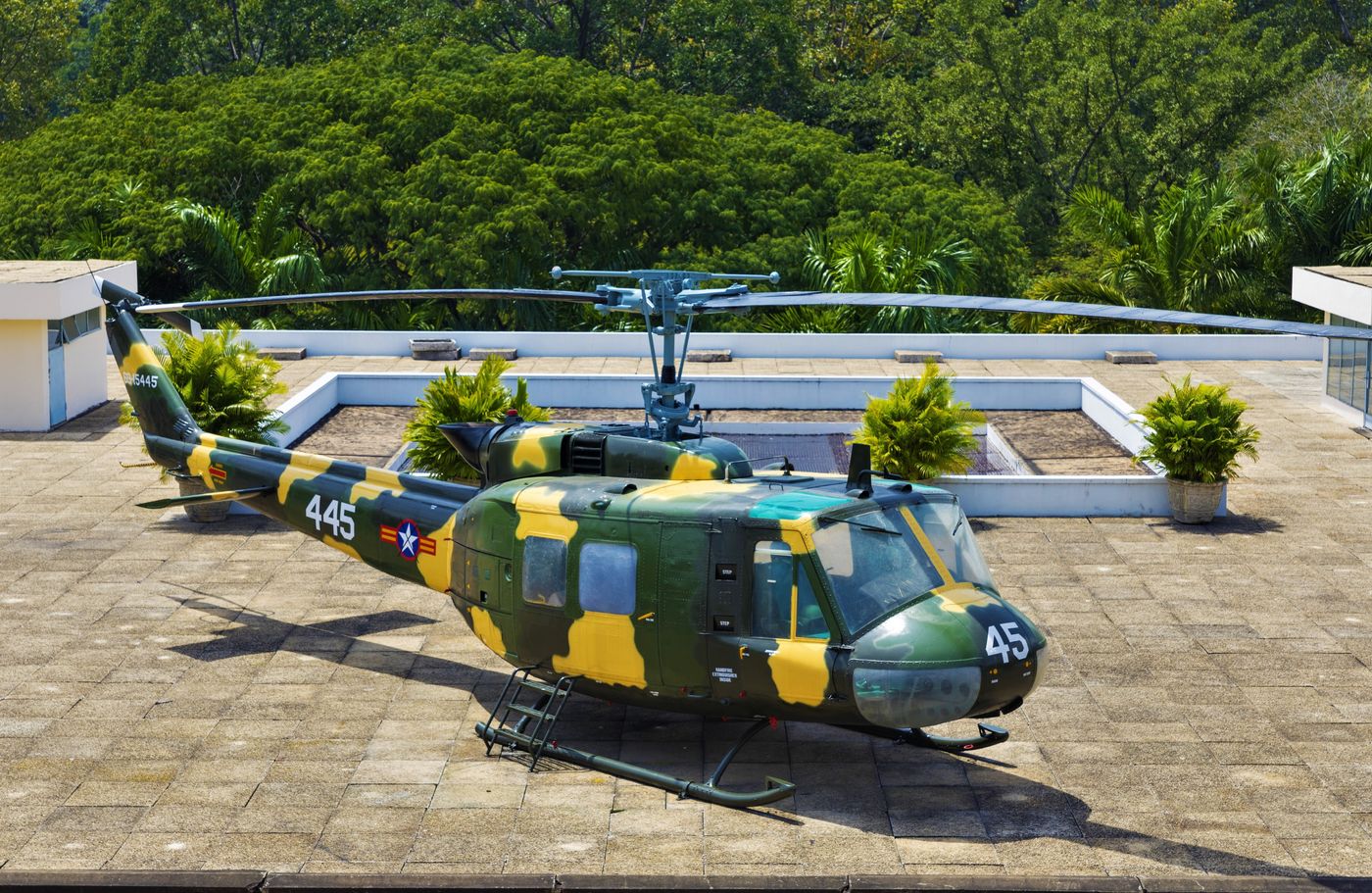
On the southern side of the Hien Luong Bridge, you’ll find the Reunification Memorial consisting of six featherlike steles and a statue of a woman with her child. In the museum, you’ll notice the tall golden statue of Ho Chi Minh.
There are exhibits where you can view photos shot during the war, artifacts such as American plane fragments and bombs, and dioramas.
5. Vinh Moc Tunnels
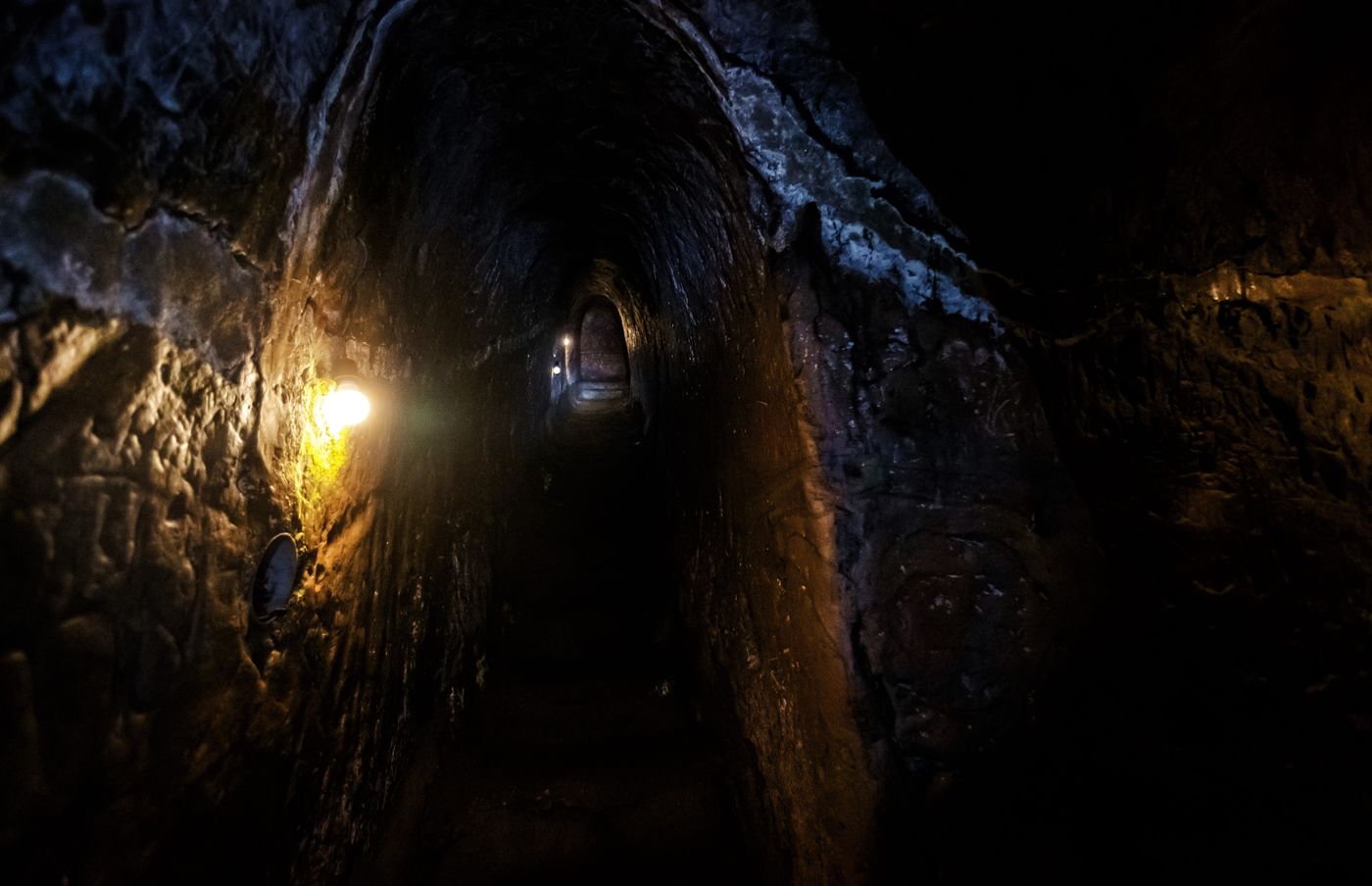
The village of Vinh Moc was part of the “free-fire zones” during the war.
This made living above ground like a normal community seem to be impossible, due to which most of its people had to leave, while the rest decided to live underground, creating Vinh Moc Tunnels.
The tunnels weren’t only used as a place to stay but also as a place to transport weapons and equipment from Con Co Island.
6. My Lai Massacre Site
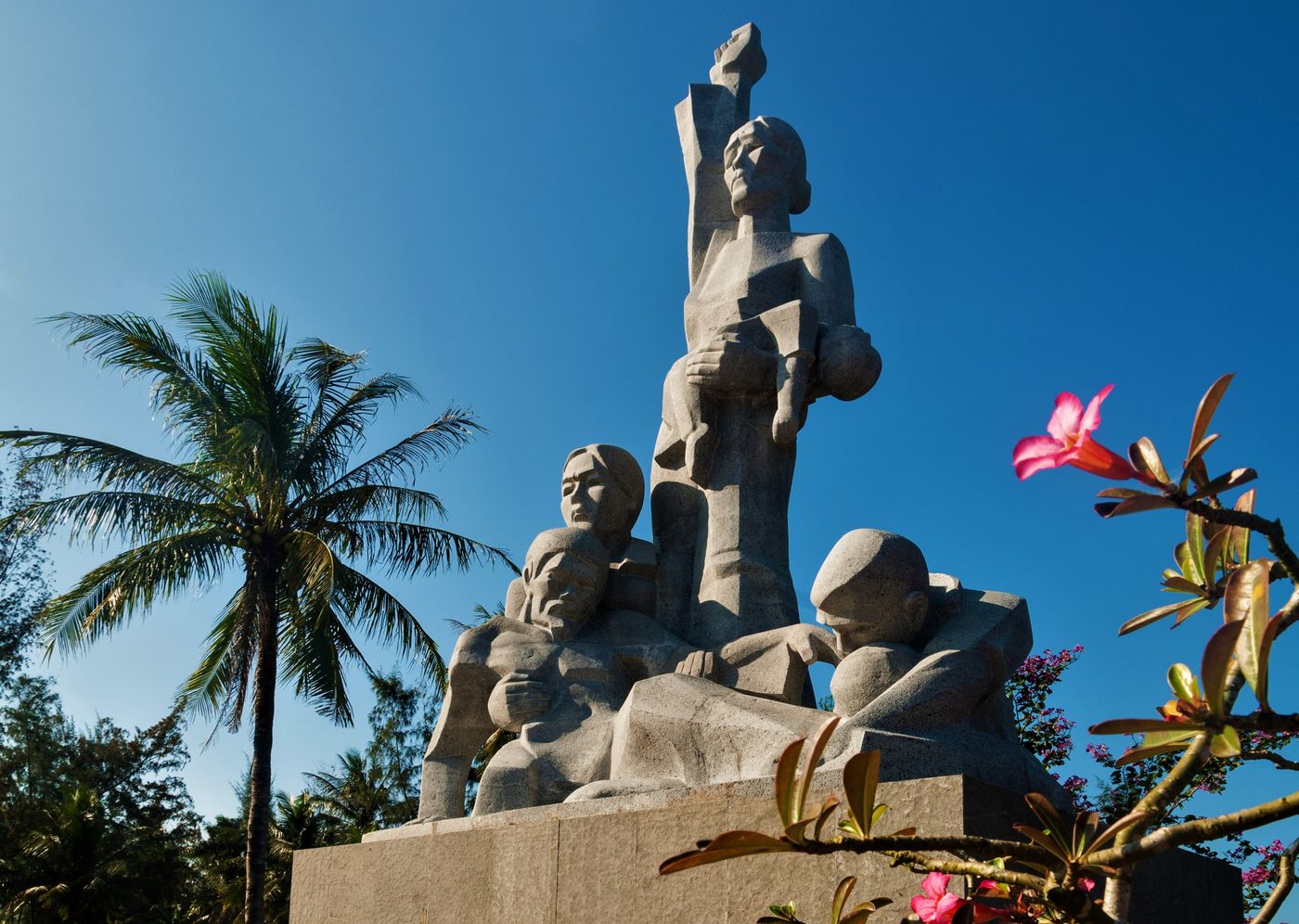
“Search and destroy” missions were common during the war. US soldiers burned down villages and massacred the locals.
The village that caught most of the public’s attention is My Lai, even when the massacres also happened in other villages. Thanks to US Veteran Ron Ridenhour, who pushed the issue to make the American public be more aware of these events and help develop the anti-war movement in the US.
When you visit the memorial site, you’ll see a sculpture of a woman with her fist up in the air while carrying a baby with dead family members at her feet.
Moreover, the museum has graphic photos of the massacre and different artifacts such as clothing and utensils, all torn by bullet holes.
7. Cu Chi Tunnels
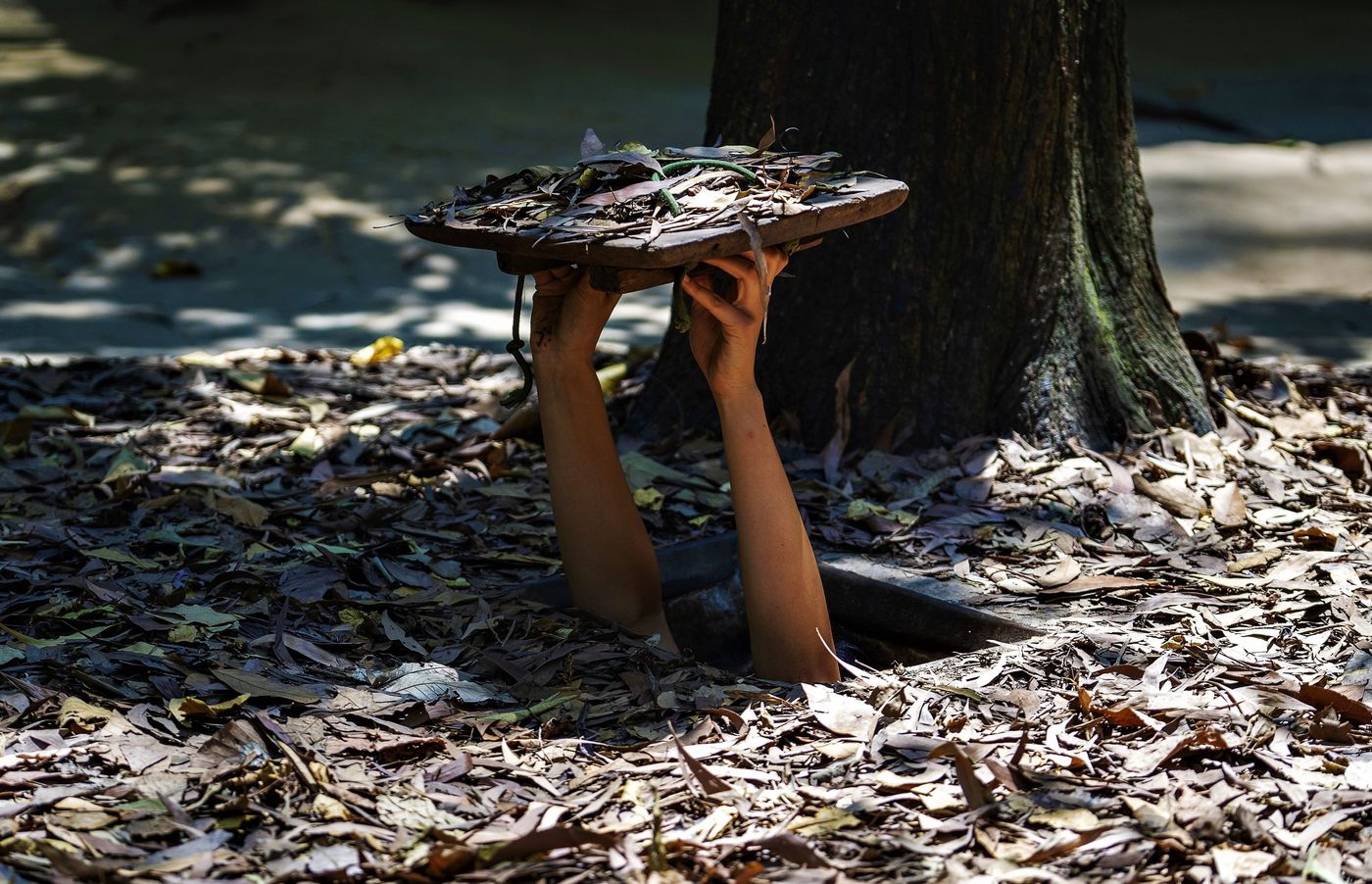
Beware claustrophobics, as Cu Chi Tunnels may get into your nerves. The tunnels, which played an essential role for the Vietcongs against the USA, are now a major tourist destination.
The tunnels’ entrance holes are well-camouflaged, which makes it tough to notice. Go down, and you’ll be in a network of nothing but darkness and tight space.
Besides the tunnels, the site’s reconstructed booby traps are a must-see. The simple yet deadly devices include rotating trapdoors with bamboo spikes at the bottom and a folding chair that can swap a leg.
8. War Remnants Museum
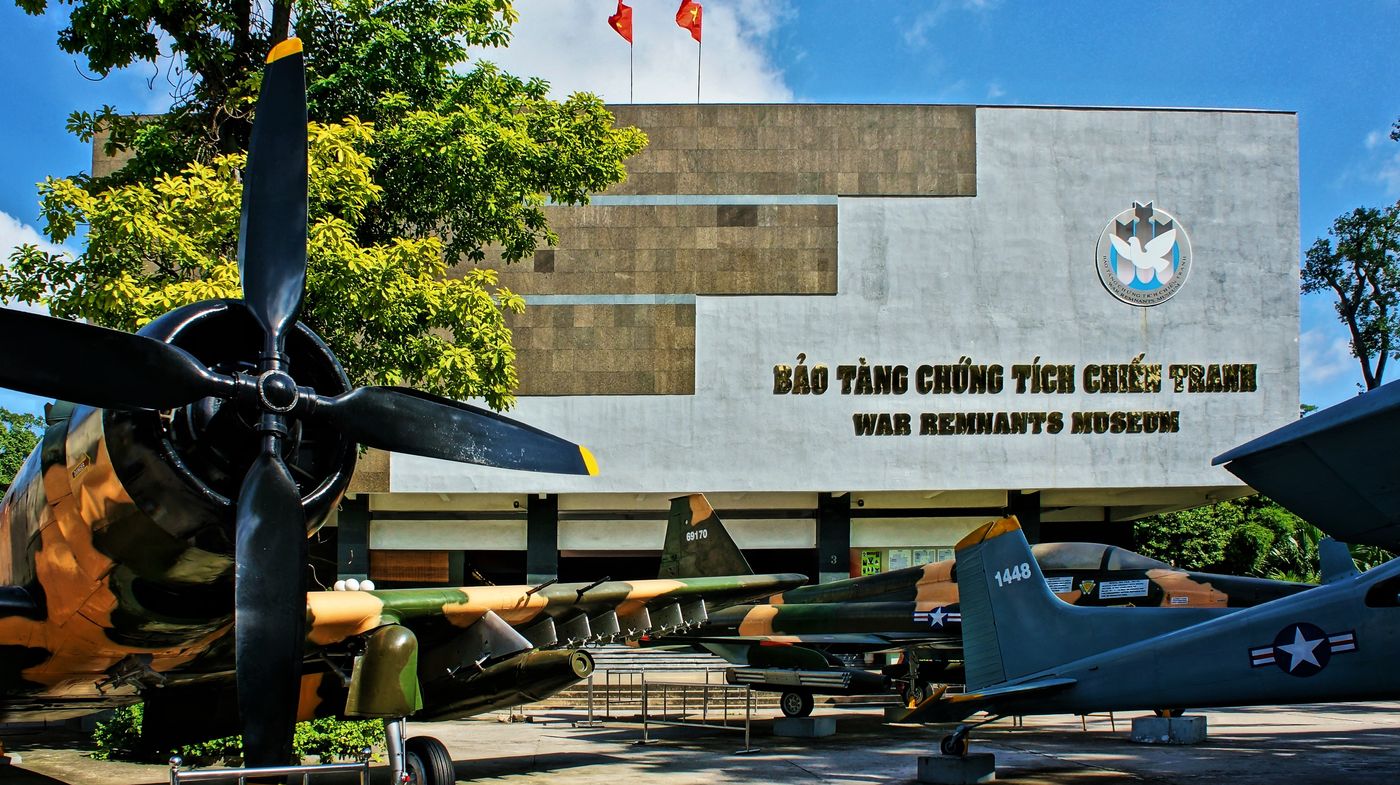
If you want to see the darkest of all destinations in Vietnam, you shouldn’t miss the War Remnants Museum.
The museum has exhibition rooms featuring the most graphic images, from dead bodies to faces of despair during the war. Its main building focuses on the war crimes committed by the Americans in Vietnam.
Around the central courtyard, you’ll find tanks, guns, fighter planes, and all other kinds of military gear.
Kailey is a travel writer currently based in New York, but mostly on the move. She loves sharing interesting stories from her experiences with the local culture, food and adventure activities through her writing. When she is not eating french fries and sipping wine, you can find her traveling to different areas, capturing new stories, teaching yoga, or working on her helicopter license.

